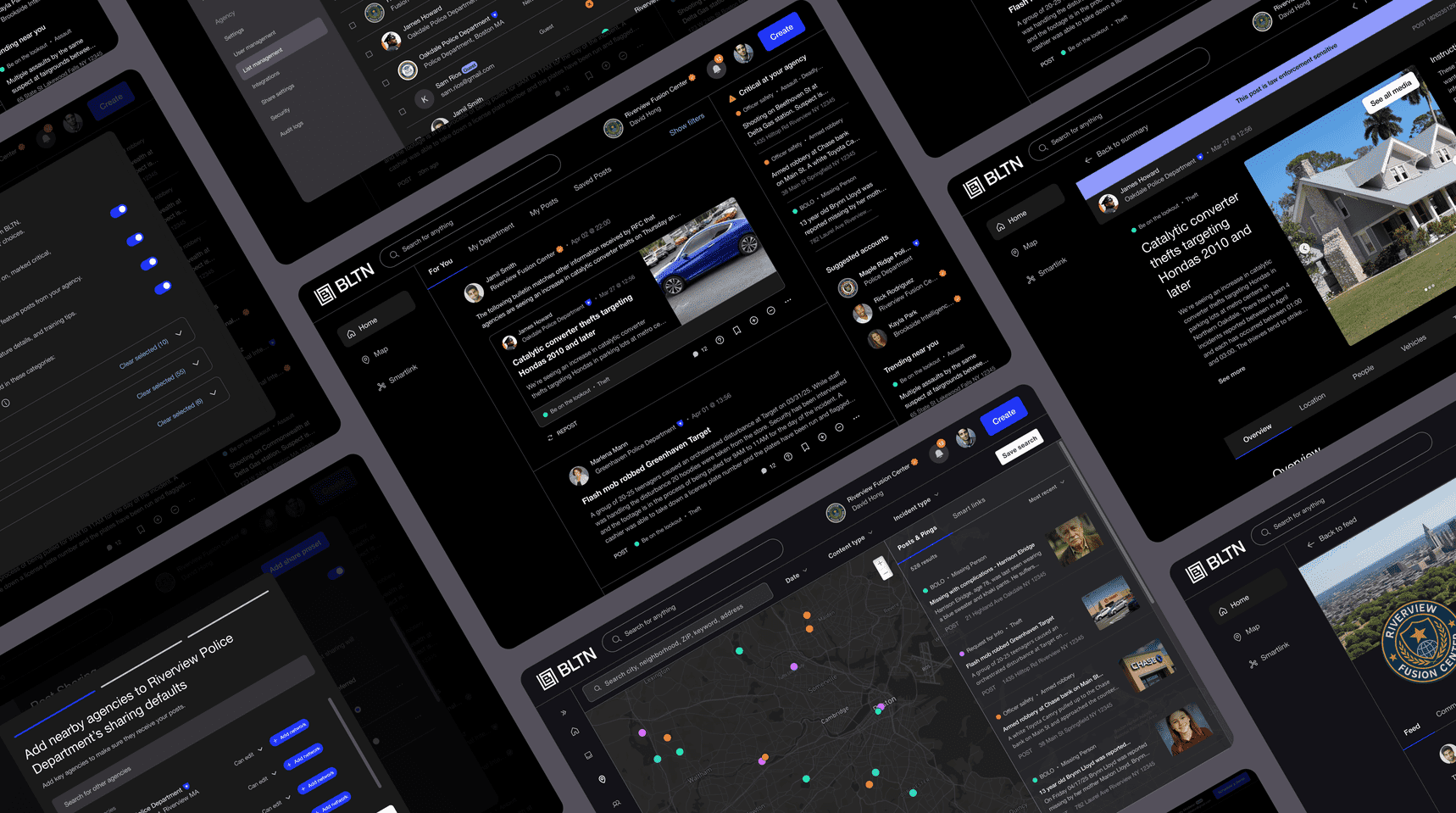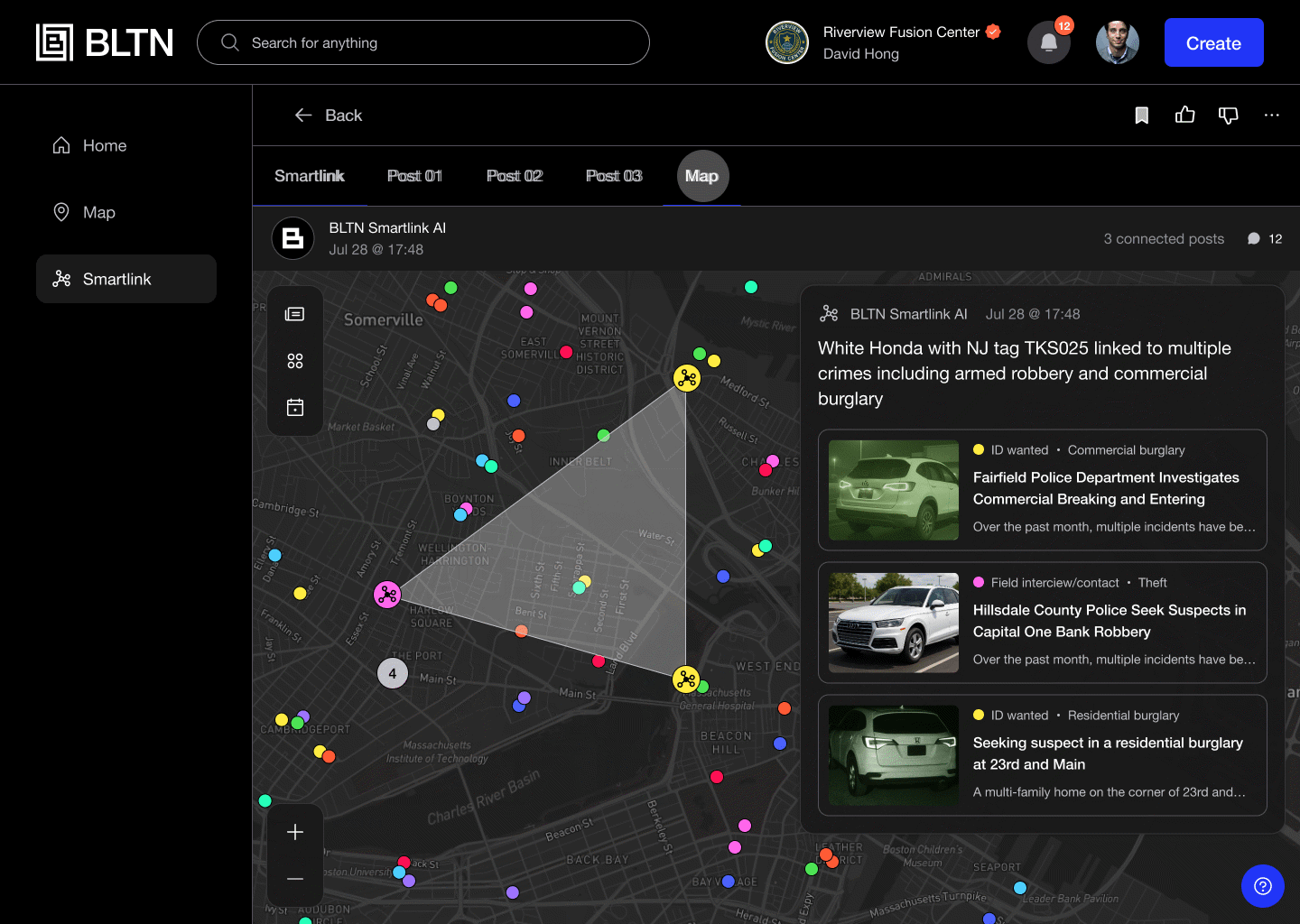Static BOLOs Should be a Thing of the Past in Crime Analysis
Over the course of my career in crime analysis and then in law enforcement technology sales, I’ve met and talked to hundreds of crime and intelligence analysts throughout the US. A big issue many analysts often talk about is the myriad of ancillary duties that prevent them from doing true analysis. I’m always frustrated and amazed that in 2024,analysts are still handling manual, non-analytical duties, like creating static BOLOs that are shared as PDFs via email.
Because of this, I’ve created a top 5 list of reasons you should not be creating manual PDF BOLOs and similar flyers. Feel free to pass this along to your command staff….
5. Updating a static BOLO is problematic
A PDF BOLO that is emailed out across an agency or region cannot be updated. So if additional details about a case or a suspect(s) are developed, there is no easy way to pull back that bulletin and make an update. You must create a new bulletin, email it out again, and hope the recipient opens it, reads it and shares it. Are you confident that will happen? I’m not.
4. Emails containing BOLOs are opened at an extremely low rate
On average, 4% of emails containing bulletin attachments are opened by recipients. Only 4%! That means that analysts are spending hours and hours on bulletins that are never opened or read. WHAT A WASTE OF VALUABLE ANALYST TIME! The current system of emailing bulletins here, there, and everywhere results in information overload. The result? People stop reading the emails and the intelligence cycle breaks down.
3. Data in static BOLOs are a challenge to search
BOLOs often contain information that may not make it into an initial police report or investigative supplement. If that information is never included in a report in a Records Management System (RMS), it cannot be analyzed, not to mention the lack of access to RMS data from outside your jurisdiction. A static PDF BOLO, can almost be considered “lost data,” in this regard. As a former analyst, I know that bulletin data is rich and should be mined and analyzed for patterns, series, and trends.
2. You’re far too skilled to be a BOLO-generating machine
Using analysts to create BOLOs is a waste of the analyst’s technical skill and education. This isn’t just about bulletins, but any requests that do not qualify as analysis should not be done by analysts. Many analysts have a master’s degree in criminology, expertise in research methods, GIS and database skills, and many other attributes that allow them to bring true insights and expertise to their department. Don’t waste these talents on basic document creation and acting as an administrative assistant!
1. BOLOs should be automated and optimized
Analysts should use a platform like BLTN to automate the bulletin creation and dissemination process. An automated and AI-powered platform like BLTN can capture data from the bulletin itself, along with viewership and dissemination of this information. BLTN uses AI to connect bulletins together, providing intelligence to analysts and investigators. It can also provide departments with data on the reach of their bulletins to ensure that internal and external recipients are seeing their bulletins. This streamlines and maximizes information sharing internally within large departments and externally between regional law enforcement agencies.
Stop creating static PDF BOLOs! This process may have been cutting-edge 25 years ago, but technology has grown by leaps and bounds since then. Use AI and maximize machine learning to help you spend more time on meaningful crime and intelligence analysis.






.png)

